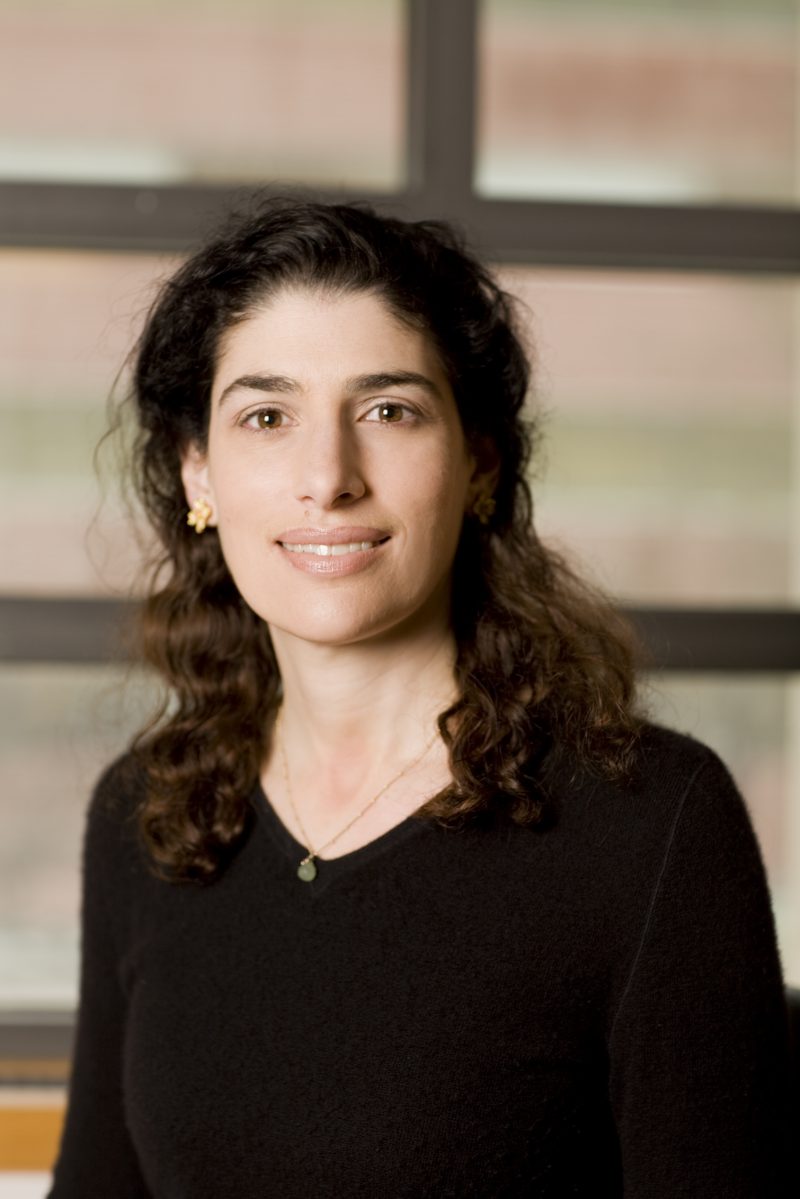

Assistant Professor of Molecular Biology, Hilary Coller in her office.
Hilary A. Coller
RELATED STORY: Hilary Coller: When Cells Sleep
Hilary Coller (Milton E. Cassel Scholar) received her undergraduate degree in biochemistry and molecular biology from Harvard University. She received a Ph.D. in toxicology from the Massachusetts Institute of Technology, where she studied the role of environmental chemicals as mutagenic agents in human tissue. She did postdoctoral training at the Whitehead/MIT Center for Genome Research in the laboratories of Eric Lander and Todd Golub, and at the Fred Hutchinson Cancer Research Center in the laboratory of Jim Roberts. Coller is an associate editor of Physiological Genomics and leads the Systems Biology of Cell State Regulation Theme for the journal. At UCLA, she chairs the Bioinformatics-IDP Outreach Committee.
Coller’s research has focused on understanding the molecular basis for the functional characteristics of the cellular state of quiescence, or reversible cell cycle arrest. Her research has overturned the commonly held perception of quiescence as a “sleepy” or default state, and shown that quiescence is an active and highly regulated process. In a model system involving primary human diploid fibroblasts, her group discovered that quiescent cells activate the Notch signaling pathway, and that the Notch transcription factor Hes-1 actively protects them from irreversible cell cycle states such as differentiation and senescence. The Coller laboratory discovered that cell cycle arrest with quiescence is not a default state, but rather is actively maintained by microRNAs and histone modifications that enforce cell cycle exit. Knocking down specific microRNAs or a histone methyltransferase resulted in increased cell proliferation. They also discovered that quiescent, but not proliferating, fibroblasts actively engage the pentose phosphate pathway to protect themselves from an accumulation of oxidative damage and apoptosis. There is a debate in the scientific community about whether quiescence represents a distinct state, and Coller’s findings defining a pathway that is relied upon by quiescent cells, but dispensable in proliferating cells, demonstrate that quiescence is a distinct state.